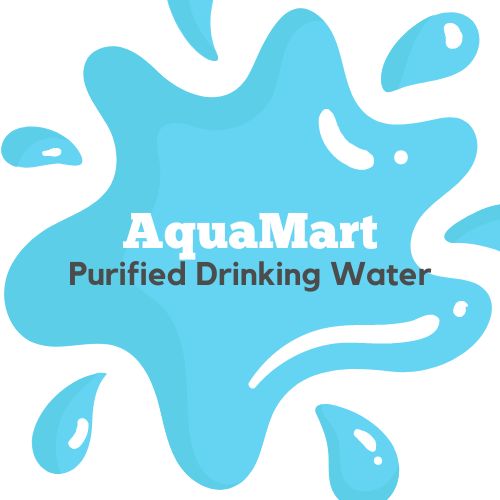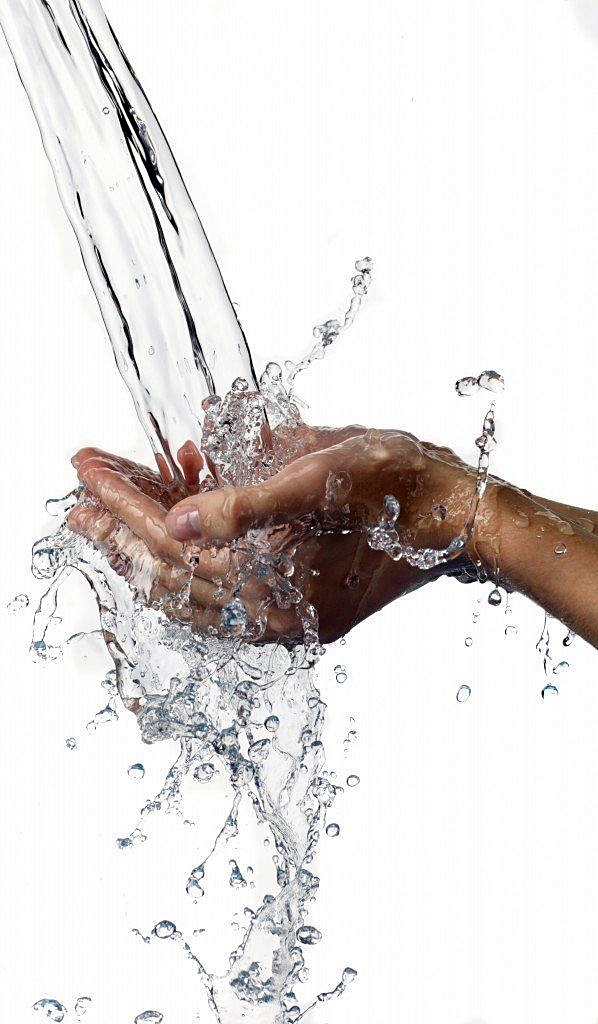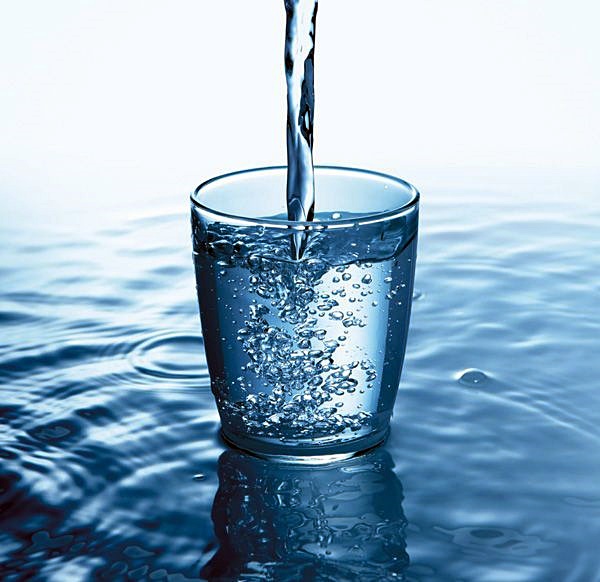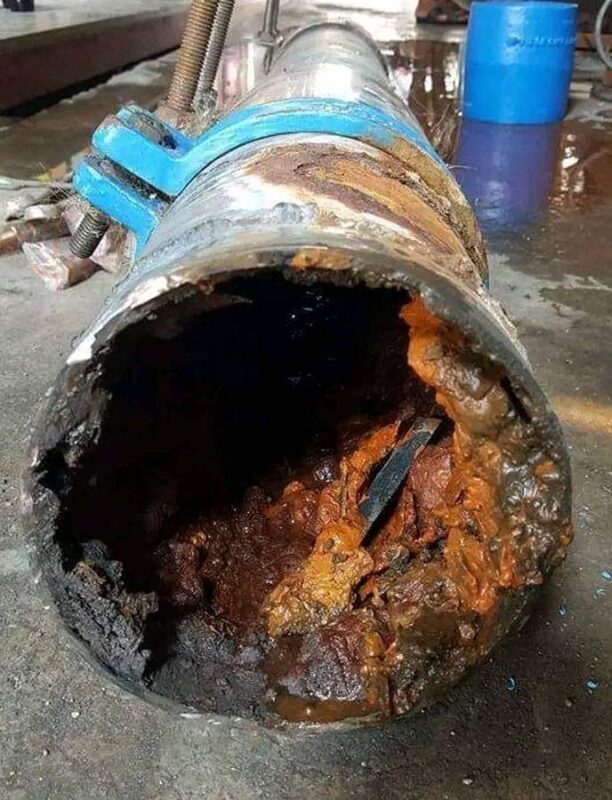WATER IS A FUNDAMENTAL NECESSITY for all life on Earth, and access to clean, safe drinking water is a basic human right. However, not all water sources are naturally fit for human consumption, and thus, water purification is essential to ensure its safety and quality. There are various methods and technologies used to purify water, each equally important to the process in maintaining public health.
Importance of Water Purification
WATER PURIFICATION IS THE PROCESS of removing contaminants, impurities, and harmful microorganisms from water to make it safe for consumption. Contaminated water can harbor a wide range of harmful substances, including bacteria, viruses, heavy metals, chemicals, and organic matter. Consuming such water can lead to waterborne diseases, long-term health issues, or even death. Therefore, the purification of water is crucial to prevent these risks and ensure access to safe drinking water for all.
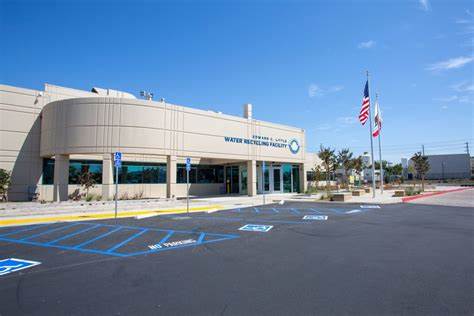
FACT
The world's largest water purification plant is the Edward C. Little Water Recycling Facility in Los Angeles, capable of treating up to 600 million gallons of wastewater daily and producing high-quality recycled water.
Methods of Water Purification
Filtration: Filtration is one of the most common and effective methods of water purification. It involves passing water through a porous material, such as sand, gravel, or activated carbon, to remove particles, sediments, and some microorganisms. Filters can be simple, like those used in home water pitchers, or more complex, such as those employed in municipal water treatment plants.
Coagulation and Flocculation: Coagulation and flocculation are chemical processes that help clump together small particles and impurities in water, making it easier to remove them. Chemicals like aluminum sulfate or ferric chloride are added to water to facilitate this process.
Sedimentation: After coagulation and flocculation, water is allowed to sit undisturbed in a large tank, allowing the clumped impurities to settle at the bottom. This is known as sedimentation. The clearer water is then drawn from the top for further treatment.
Disinfection: Disinfection is a crucial step in water purification to eliminate harmful microorganisms. Common disinfection methods include chlorination, ultraviolet (UV) treatment, and ozonation. Chlorine is widely used in municipal water treatment due to its effectiveness in killing bacteria and viruses.
Reverse Osmosis: Reverse osmosis is a more advanced method of water purification, commonly used in home water filtration systems. It utilizes a semi-permeable membrane to remove even the smallest particles, ions, and contaminants from water, providing extremely pure drinking water.
Distillation: Distillation involves heating water to create steam, which is then condensed back into liquid form. This process effectively removes impurities and contaminants, as they are left behind in the form of residue. Distillation is often used for producing high-purity water for laboratories and industrial applications.
